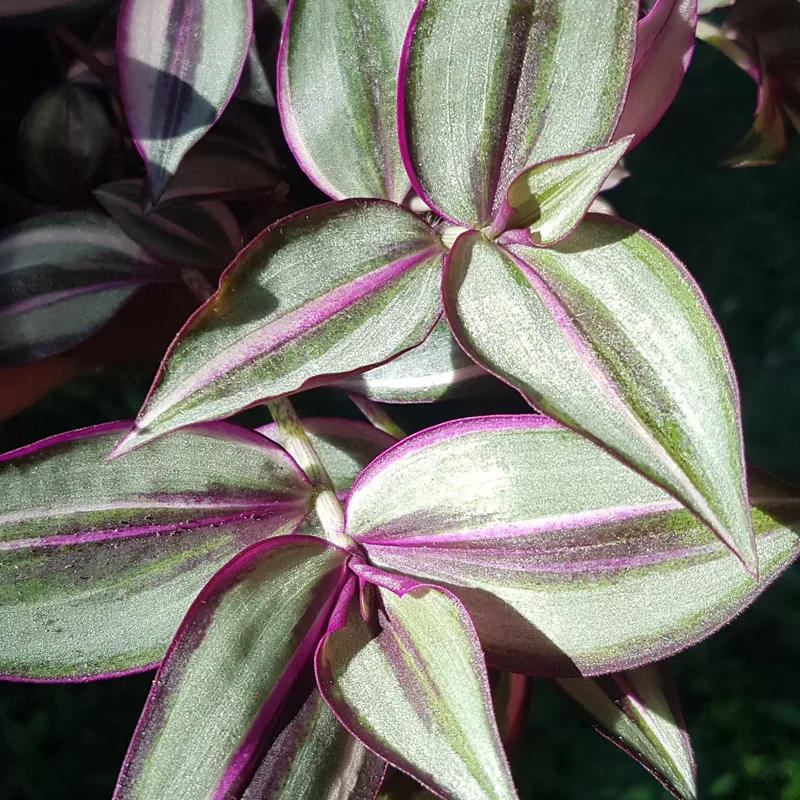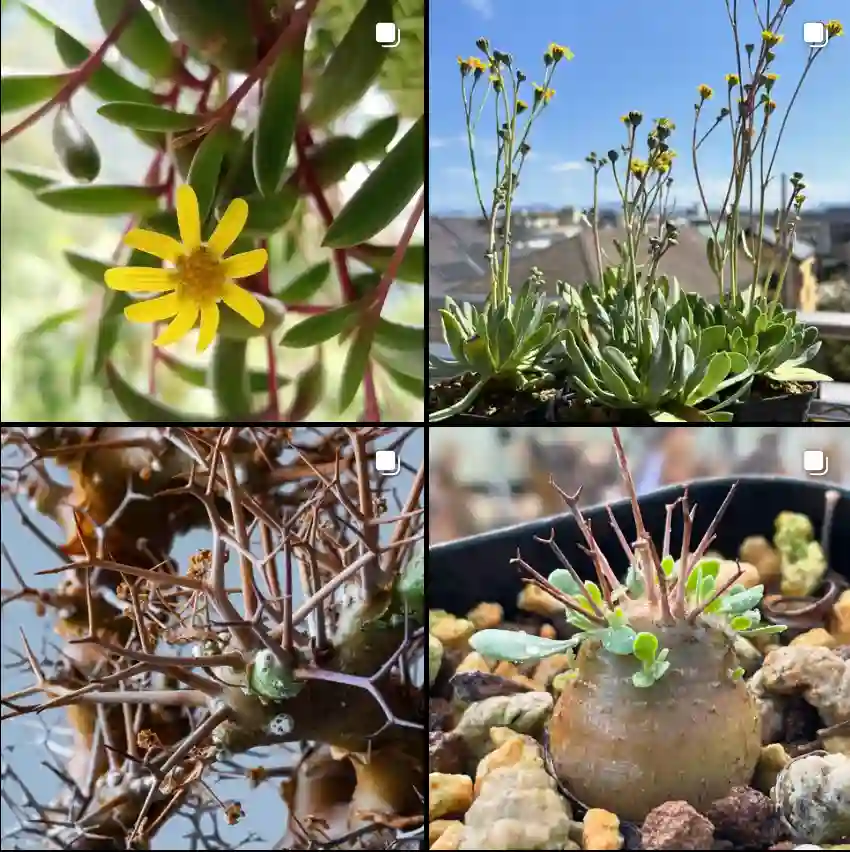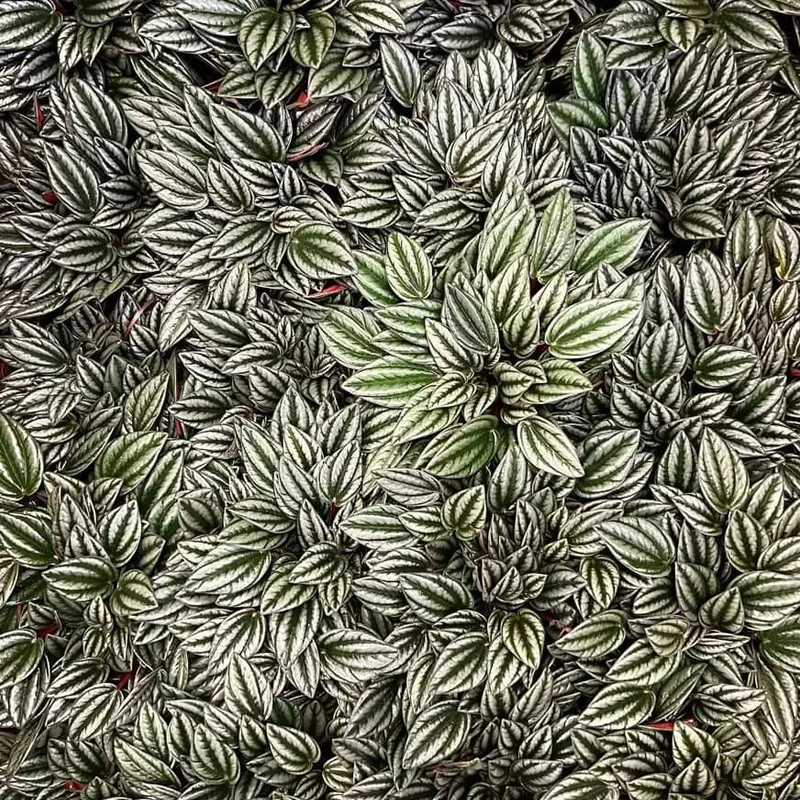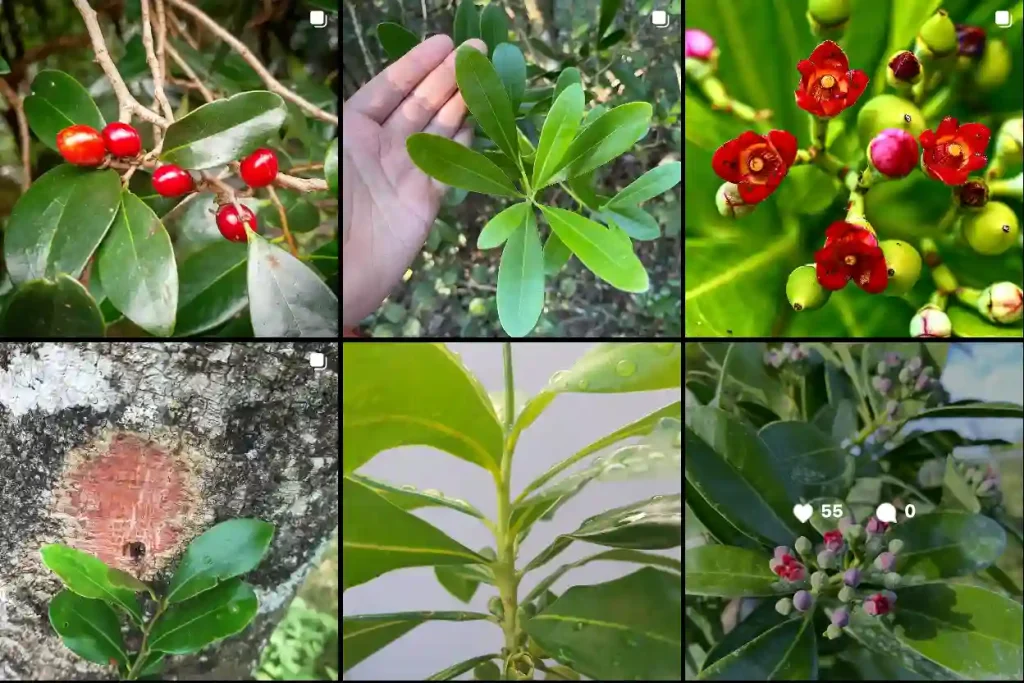Exploring the Staphyleaceae Family: A Journey Through Its Genera
As a plant enthusiast, I’ve always been captivated by the diversity of the plant kingdom. One family that has recently piqued my interest is Staphyleaceae. This family comprises several unique genera, including Dalrympelea, Turpinia, and Staphylea. Join me as I dive into the fascinating world of Staphyleaceae, exploring its characteristics, significance, and what makes each genus special.
Understanding the Staphyleaceae Family
Staphyleaceae, commonly known as the staff vine family, consists primarily of flowering plants found in various regions, from tropical to temperate climates. The family comprises about 5–7 genera and around 30 species. One of the remarkable aspects of Staphyleaceae is its diversity in morphology and habitat.
These plants can be found as shrubs, trees, or vines, showcasing a range of growth habits that adapt well to their environments. The leaves are typically compound, which adds to their aesthetic appeal. What draws me to this family is not only its botanical significance but also its ecological roles. Many species provide shelter and food for wildlife, enriching their ecosystems.
Dalrympelea: A Unique Gem
Among the genera in the Staphyleaceae family, Dalrympelea stands out as a relatively lesser-known group. This genus primarily includes trees and shrubs native to tropical and subtropical regions, particularly in Southeast Asia and the Pacific Islands.
One aspect of Dalrympelea that I find particularly fascinating is its fruit. The plants produce fleshy drupes that are not only visually appealing but also attract various birds and mammals, facilitating seed dispersal. The ecological interactions between Dalrympelea and local wildlife highlight the importance of this genus in its native habitats.
Dalrympelea species often exhibit lush, green foliage, making them attractive choices for ornamental planting. Their ability to thrive in diverse conditions has led to their cultivation in gardens and parks, adding an exotic touch to landscaping.
Turpinia: The Resilient Survivor
Turpinia is another intriguing genus within the Staphyleaceae family. Native to Asia and the Pacific Islands, Turpinia comprises several species of shrubs and small trees. What I appreciate about Turpinia is its adaptability. These plants can thrive in various soil types and environmental conditions, which is essential for gardeners like me who want reliable, low-maintenance options.
Turpinia species are known for their striking flowers, often blooming in clusters. The flowers are not just beautiful; they are also a crucial food source for pollinators such as bees and butterflies. Observing these vibrant blooms and the busy pollinators they attract brings me immense joy and satisfaction in my gardening endeavors.
One of the standout species in this genus is Turpinia occidentalis, commonly known as the Western Turpinia. Its robust growth habit and resilience to drought make it a fantastic choice for gardens in arid regions. I’ve found that incorporating Turpinia into my garden has not only added aesthetic value but has also helped create a more sustainable ecosystem.
Staphylea: The Classic Member
The genus Staphylea, often referred to as “bladder nut,” is perhaps the most well-known within the Staphyleaceae family. With species native to North America, Europe, and Asia, Staphylea has gained popularity among gardeners and landscapers.
What I love about Staphylea is its unique fruit, which resembles a bladder, giving the plant its common name. The fruits are not only visually striking but also provide nourishment for birds, creating a symbiotic relationship between the plant and its wildlife neighbors. The flowers of Staphylea are equally captivating, with delicate white or pink blooms that attract bees and other pollinators.
In my experience, Staphylea grows best in well-drained soils with partial shade. Its ability to thrive in various conditions makes it a versatile choice for different landscaping needs. Plus, the gentle rustling of its leaves in the wind is music to my ears, adding a peaceful ambiance to my garden.
The Ecological Importance of Staphyleaceae
The Staphyleaceae family is more than just a collection of beautiful plants. Each genus plays a crucial role in its ecosystem, contributing to biodiversity and providing essential resources for various organisms. The interactions between these plants and local wildlife are a testament to the intricate balance of nature.
By incorporating Staphyleaceae plants into our gardens, we can support local ecosystems and promote biodiversity. Planting native species helps create habitats for pollinators and other beneficial insects, enhancing the overall health of our gardens.
Conclusion: A Personal Connection
My exploration of the Staphyleaceae family has deepened my appreciation for the diversity of the plant kingdom. Each genus—Dalrympelea, Turpinia, and Staphylea—offers unique characteristics that contribute to the beauty and ecological health of our environments. As I continue to cultivate my garden, I look forward to incorporating more species from this fascinating family.
Engaging with Staphyleaceae has not only enriched my gardening experience but has also fostered a deeper connection to nature. I encourage fellow plant lovers to explore these remarkable plants, as they provide endless opportunities for learning, appreciation, and connection to the natural world.
If i die, water my plants!



